The Ultimate Cutting Board With Knife Storage

Note: All projects performed following instructions found on this site are done at your own risk. Learn more
This DIY cutting board has integrated knife storage so that you have your knives where you need them, when you need them. This is the perfect project or gift for anyone who likes to spend time in the kitchen.
Supplies
Note: As an Amazon Associate, I earn from qualifying purchases.
Step 1: Mill Your Lumber to Size
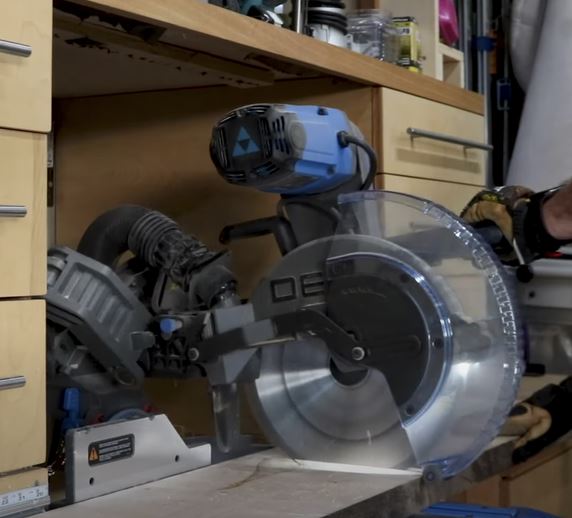

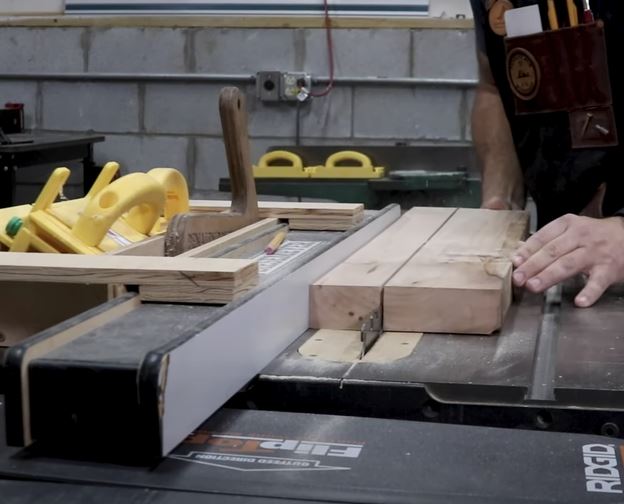
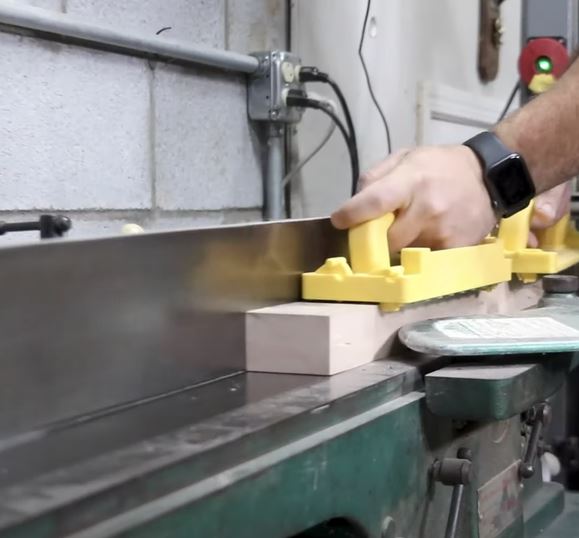
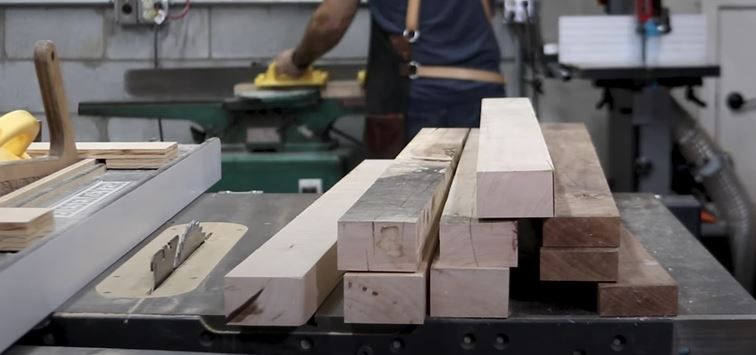
This was a project that I have been wanting to make for a very long time so I was pretty excited to get in the shop and get to work! For this board I chose to go with some 6/4 (1 1/2") thick maple and some scrap 4/4 (1") thick walnut boards that I had laying around the shop.
I cut the boards to a rough length of 30" knowing that this would be a good 6" longer than what my finished board would be.
With never completing this type of project before and only following an image in my head for plans, I wanted to leave some length for error.
If I messed up on the knife storage area I wanted to be able to cut off that section off and start again.
No love lost and no starting all over again with the milling and glueing process.
Over and the jointer I edge jointed the boards for a clean flat edge and then cut all of the boards to 2" wide strips at the table saw.
I ended up with around seven or eight maple strips and three walnut strips of wood.
The final dimensions of my cutting board was 22" Long x 13" Wide x 2" Thick. The amount of strips that you cut will be determined by the thickness of your wood and the final dimensions that you would like your board to be.
After that I ensured that all the boards were square and flat by edge and face jointing on the jointer and bringing to the final thickness on the thickness planer.
When making a cutting board of any kind it's hard to get away with not having to mill your lumber to at least some extent.
Some may not have all the tools that I have but there are many different ways to complete this task with a variety of different tools.
There are videos and tutorials all across the internet that can help you decide the best way to mill lumber with your particular set of tools no matter how minimal. Heck, some makers complete this task with only hand tools!
Step 2: Arrangement and Glue-Up
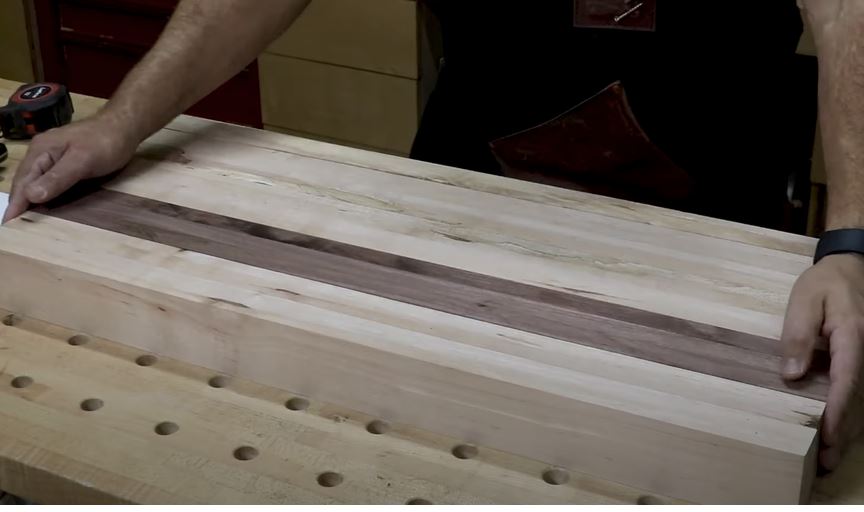
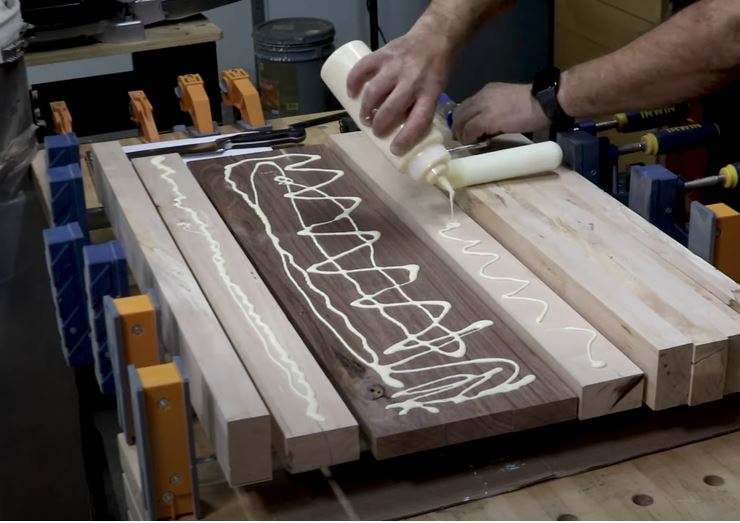
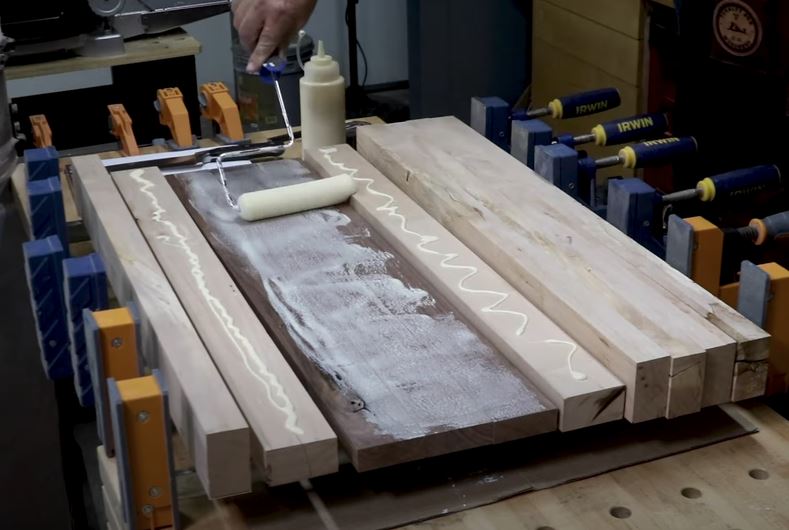
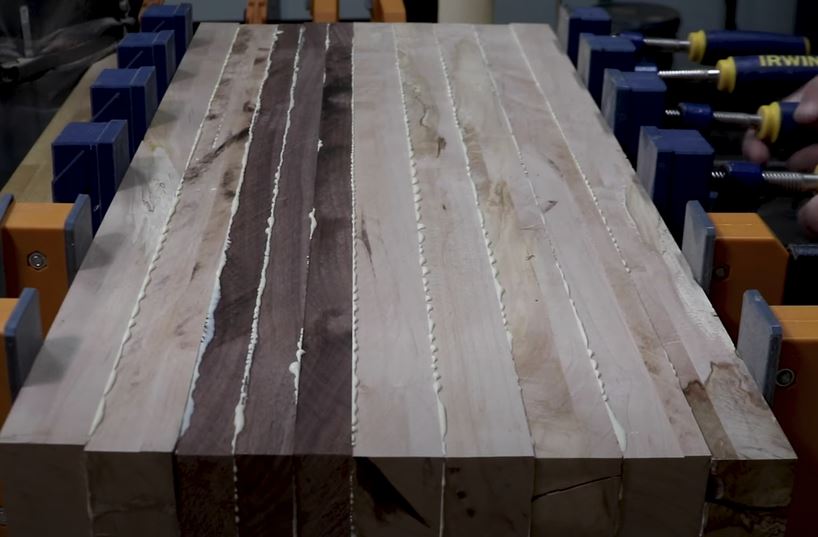
For this board I'll be doing an edge grain cutting board. This means that the width that I cut my boards on the table saw (2") will now become the thickness of the cutting board as I am turning each piece so that the edge grain is facing up (and down).
I figured that 2" will give me plenty of space to cut the slots for the knives and I could have always reduce the thickness with my planer later if I waned.
Once the boards were square and flat I started to arrange them in the pattern that I liked. I'm kind of a minimalist when it comes to cutting board patterns but you can get as crazy as you like.
Once my pattern was set I placed as many clamps as possible under the boards and began to glue them up.
I used a roller to ensure an even amount of glue was well spread across every board and then flipped them up in place.
I applied an even amount of pressure with my clamps until I could see a good glue squeeze out from each edge joint.
After the glue began to dry some I scrapped the glue squeeze out off the boards as best as possible.
Step 3: Flatten Your Board


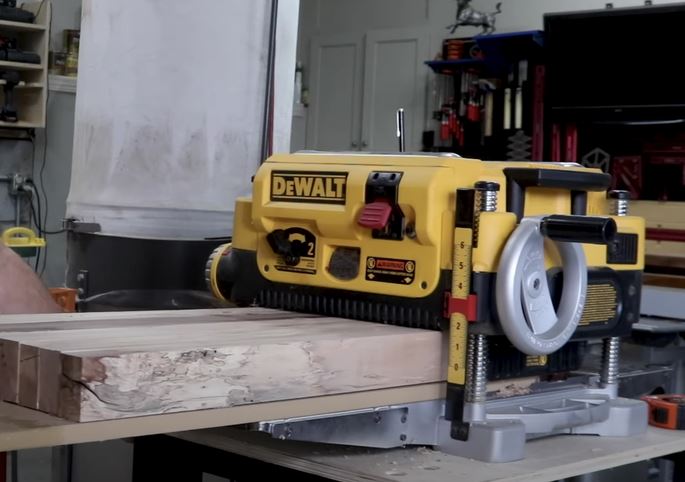
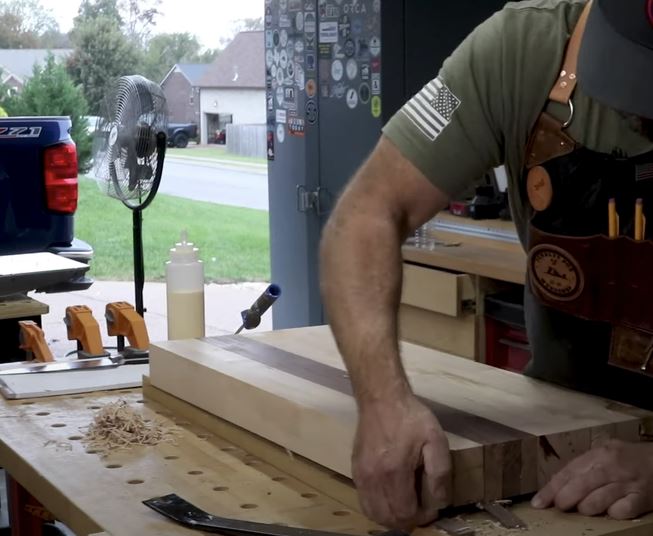
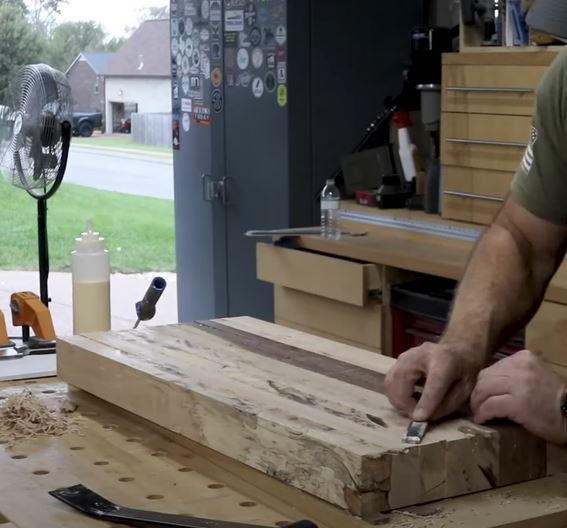

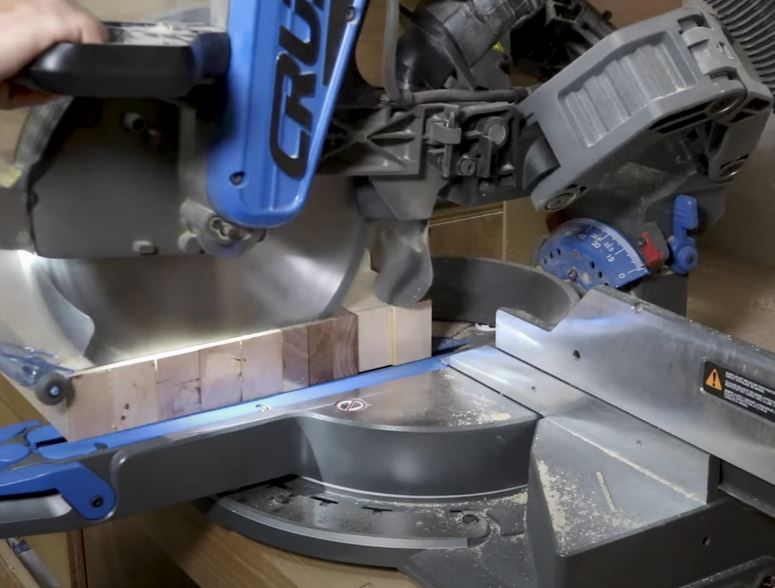
After letting the glue dry overnight I removed the clamps and secured the board on a planer sled to flatten one side.
If you don't have a planer then you can use a router sled with your router or a hand plane to flatten it.
I used wedges to remove any rocking or gaps from the board and secured it to the sled using hot glue.
Next, I ran it through my planer, making shallow passes until the top is flat. Then, I removed it from the sled, placed the flat side down, and ran it through the planer flattening the opposite side.
With a nice and flat board I cut one side square at the miter saw.
Step 4: Cut the Knife Slots
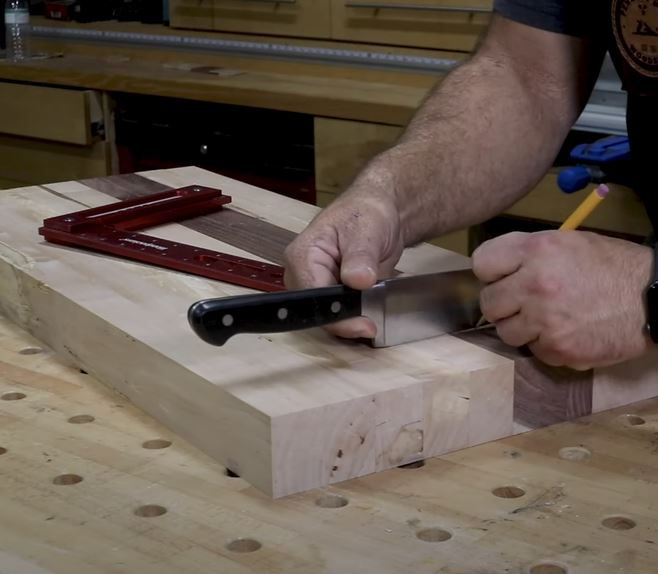
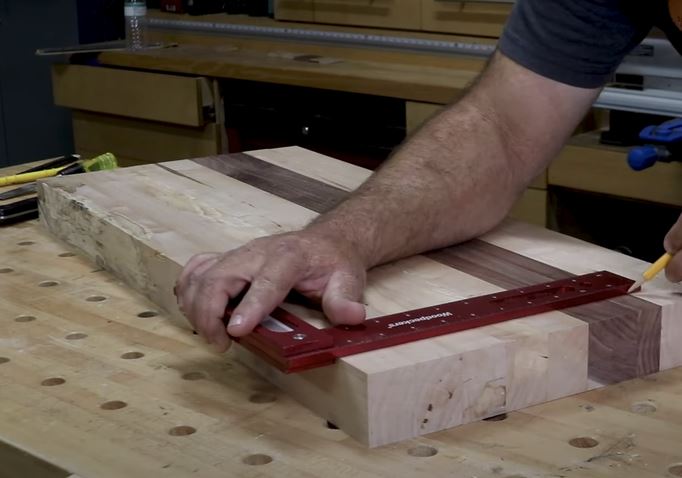
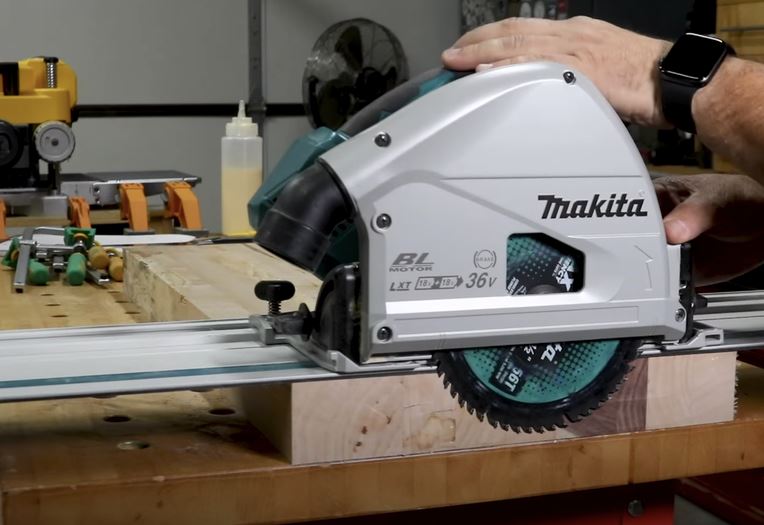

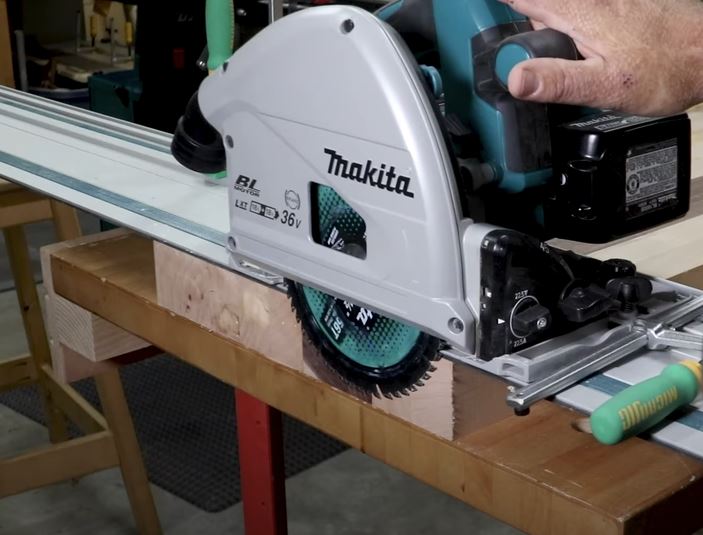
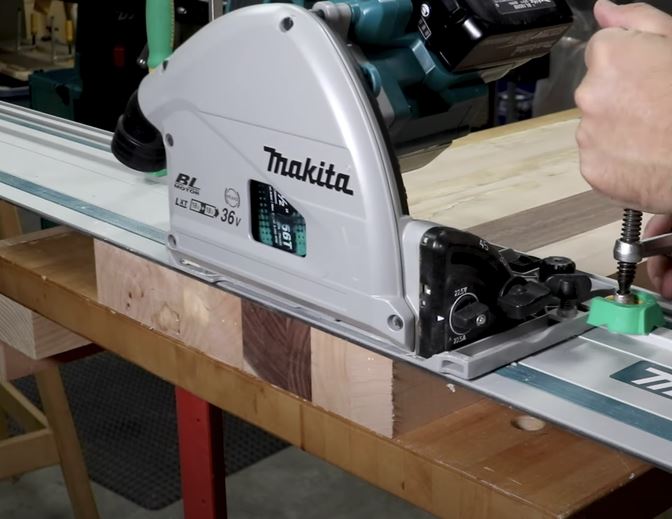
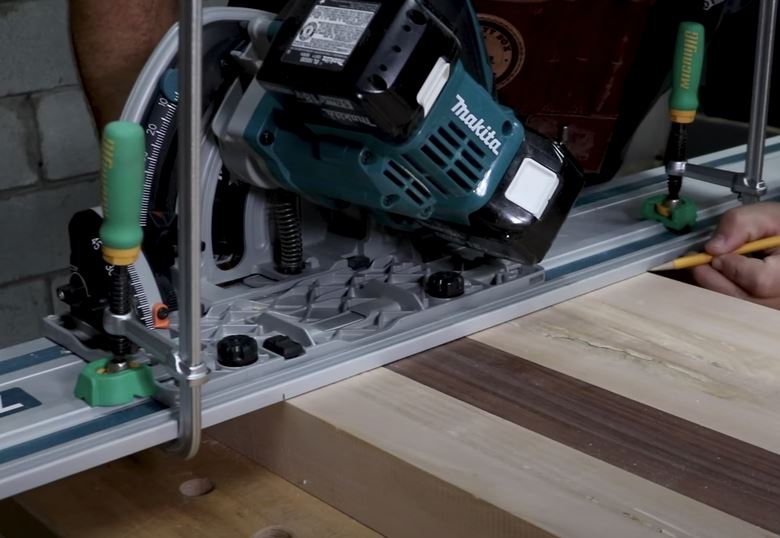
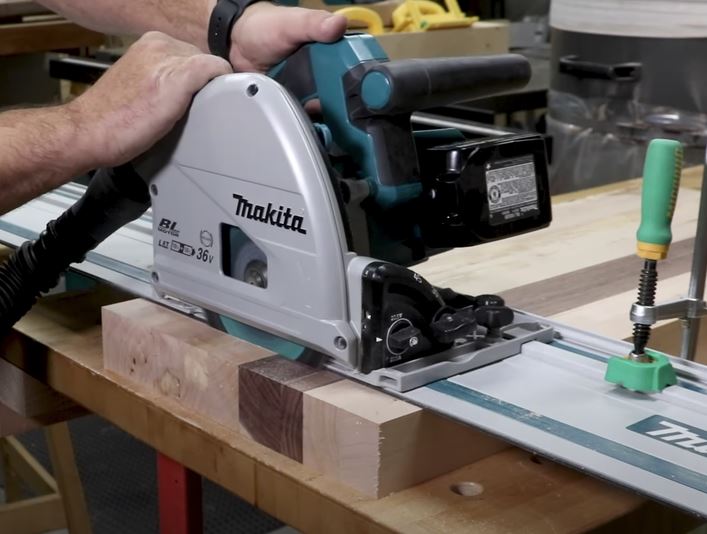


The best way that I could come up with to make the knife slots was to use my Makita Cordless track saw. My second option was the miter saw but the track saw seemed less tricky so I went with that.
I made a line with my square at 1 1/2" and 3" from the freshly cut end of the board for the two knife slots.
Next I set my depth stop on my plunge saw to stop about 1/4" from the bottom of the board.
Then I used clamps on the track to act as stop blocks so that my cuts would start and stop shy of the edge of the board.
I made sure to make marks on the guide so that when I moved it to cut the slots I could align it was it was when I set the stops.
Once my guide was in place for the cuts I made each slot cut and it worked out just how I had planned! The saw blade width was just wider than my knives and they slide into the slots easily with little to no tension.
Step 5: Cut the Void for the Handles
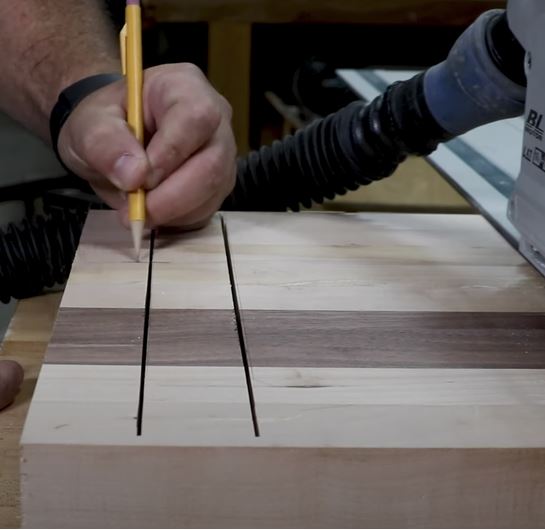
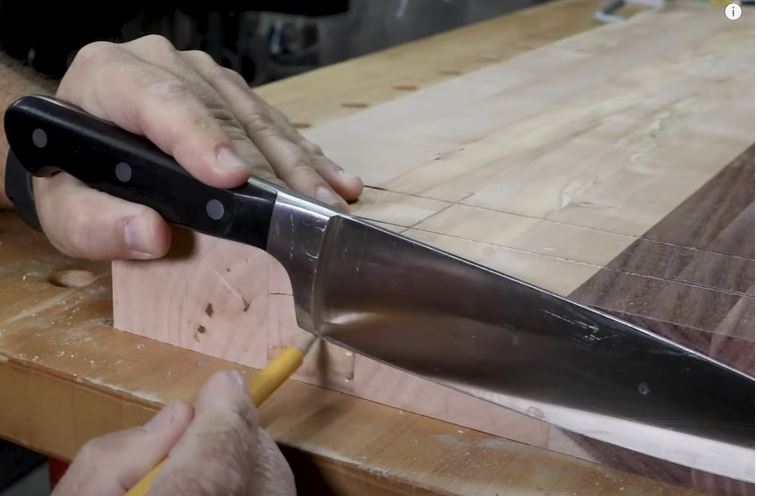

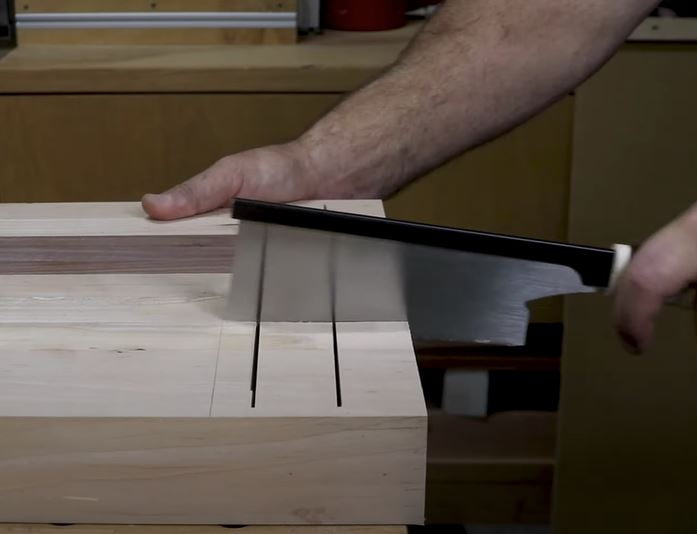
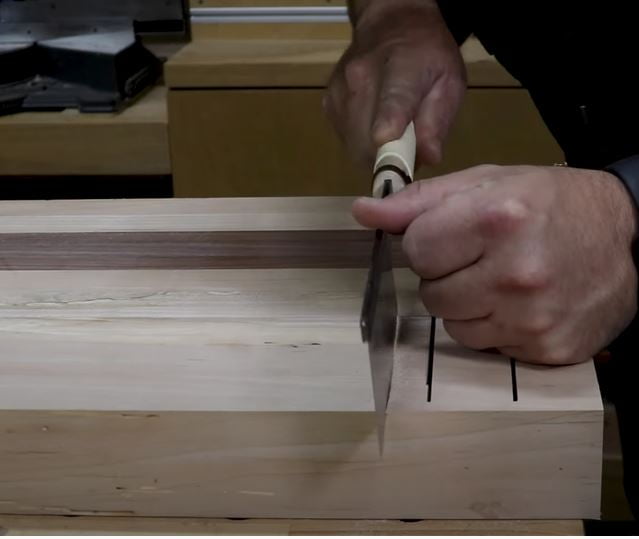
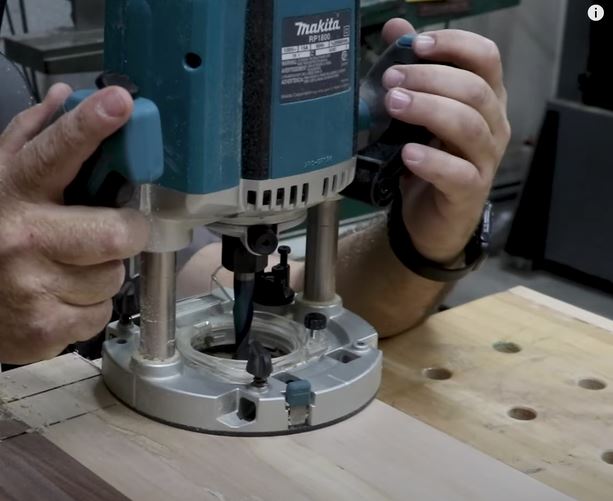
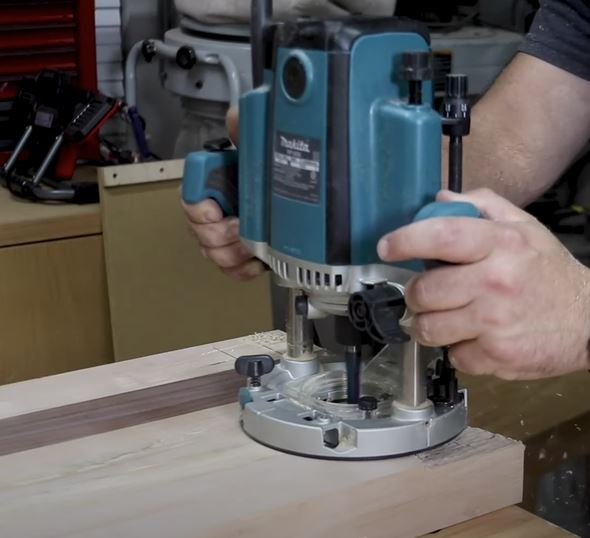
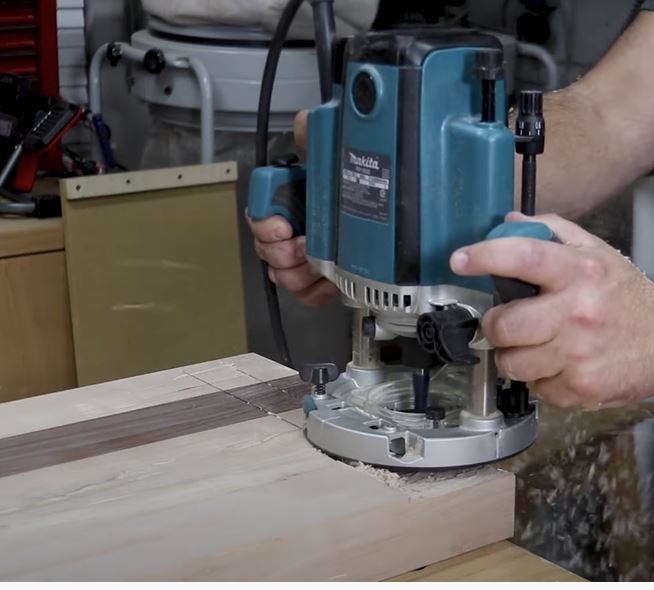
I wanted to recess the handles and give the knives a more natural resting spot so I marked out an area to cut away.
I used a knife as a template for the depth which ended up being roughly 4" x 4" and 1" deep at the deepest part.
This area will depend on your knife set and can be customized to whatever you like or are comfortable making.
I used a dovetail saw to start the cuts so that I reduced tearout when using the router.
I installed the largest straight bit that I could find and began to slowly remove the bulk of the waist.
I started shallow and increased the depth as I went creating a slope down to the deepest part.
Step 6: Finish the Knife Handle Area
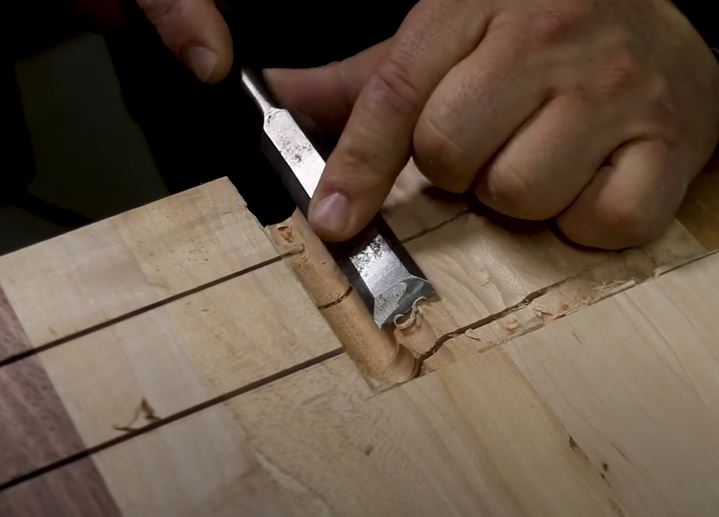

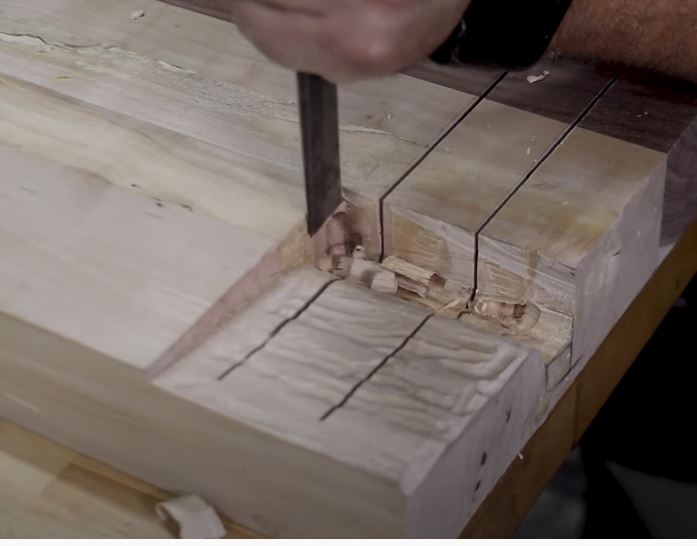

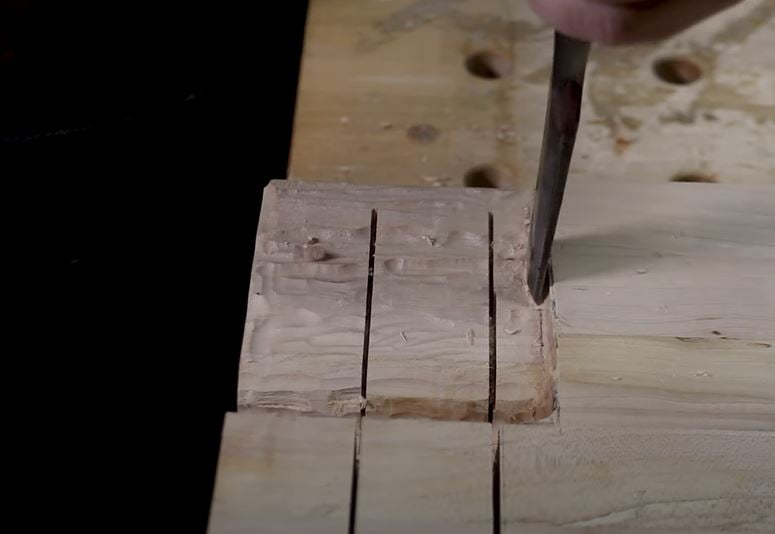
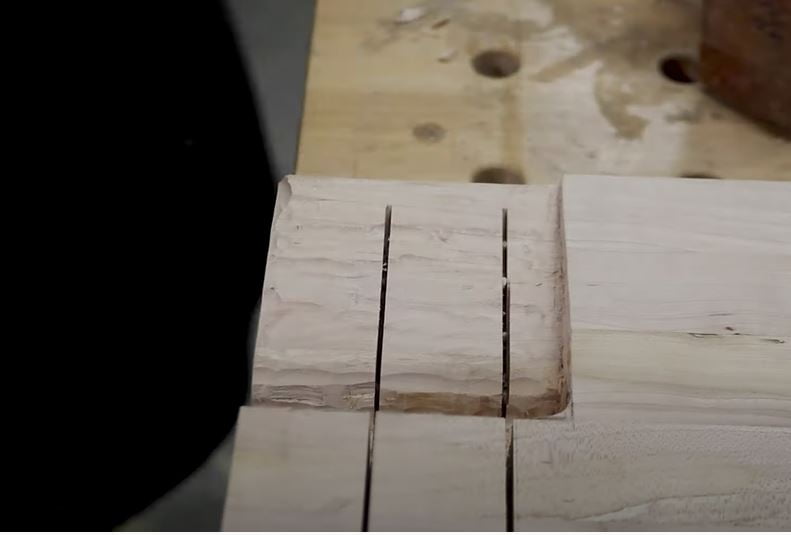

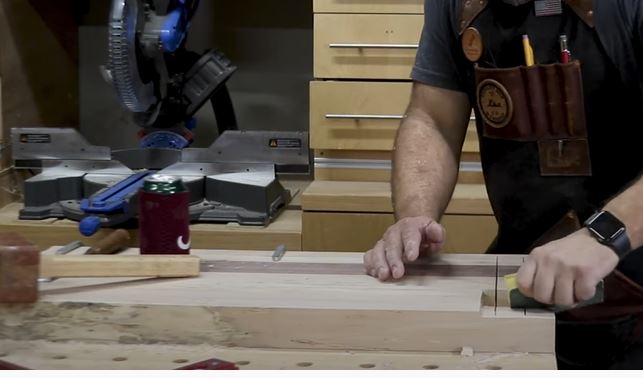
Once the bulk was removed with the router I used a chisel to fine tune the area and to square up all the edges.
No fancy chisel work here, just kind of sculpting it until I was satisfied with the look.
Once it was close I finished it off with some sanding and it looked and worked great!
Step 7: Drill Holes for Drainage
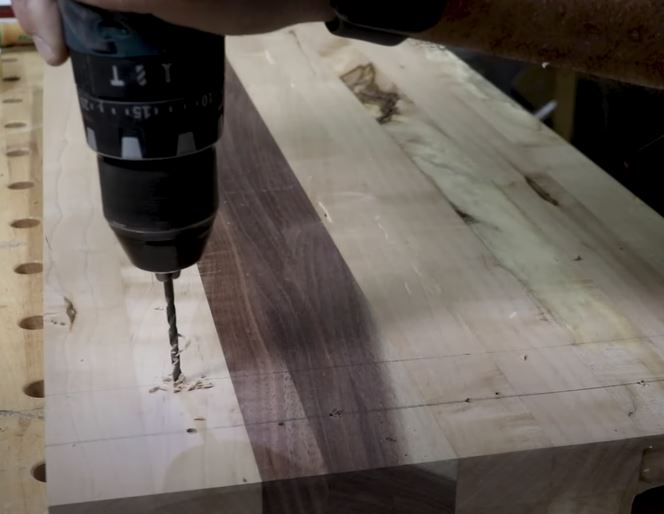
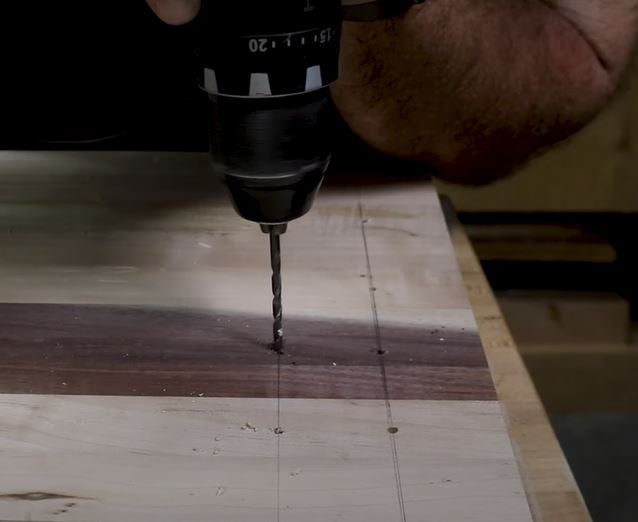
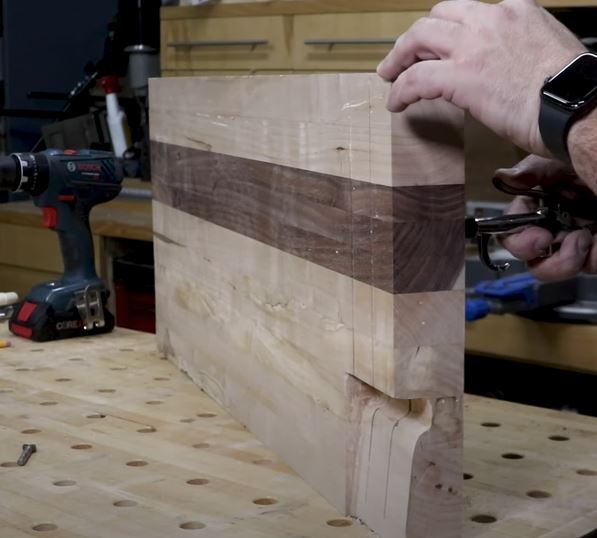

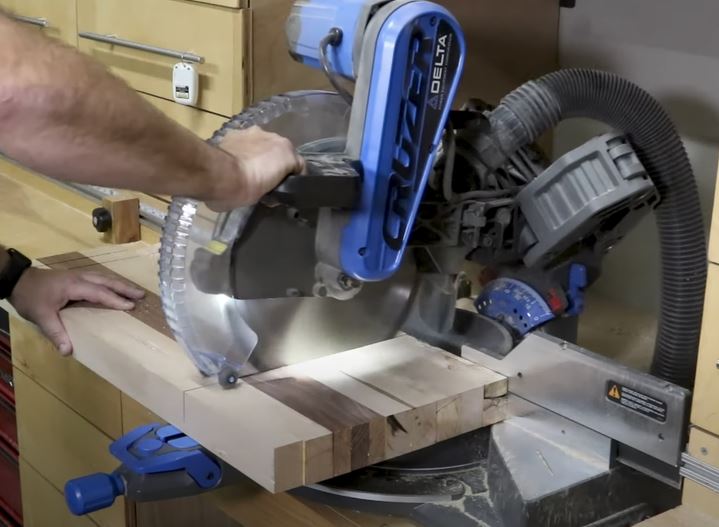
When I was posting this on my social media accounts I was getting some concerned comments about drainage for when the board was washed.
So, I decided to flip the board over and make some marks at 1 1/2" and 3" that coincide with the knife slots on the other side.
I used a small drill bit and drilled some holes into the slots along the lines. I didn't want to drill too many as to compromise the strength of the board but I evenly spaced more than a few.
This should allow for any excess liquid to drain out if some were to fill up the slots.
Using my air hose I was able to blow all the saw dust from the slots using the small holes which was a nice added bonus to them.
After that I cut my board to its final length of 22" over at the miter saw.
Step 8: Make the Juice Grove
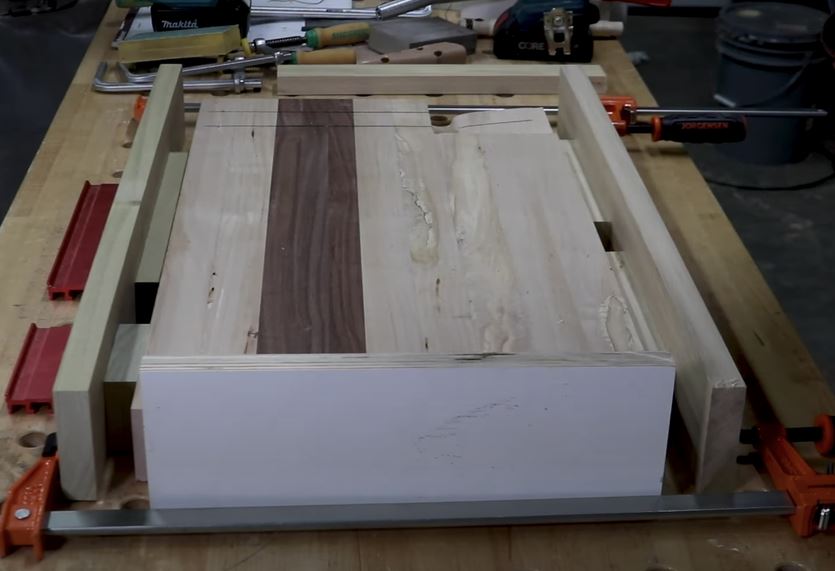
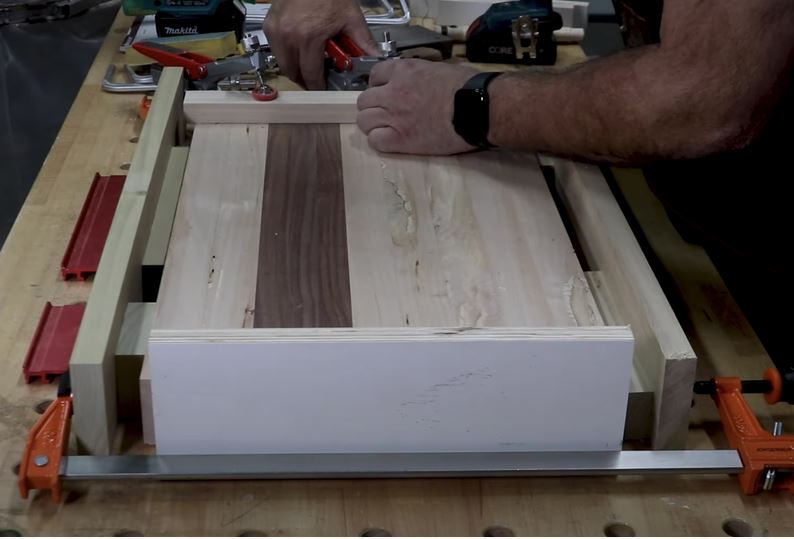
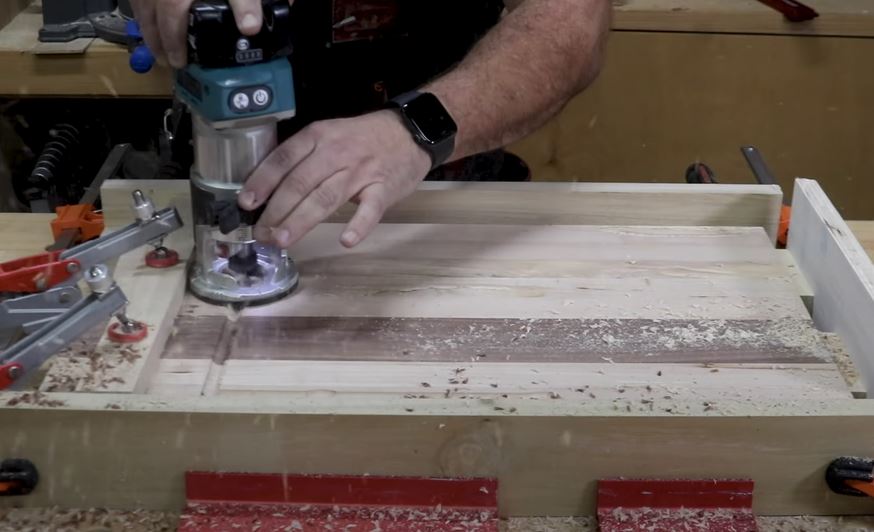
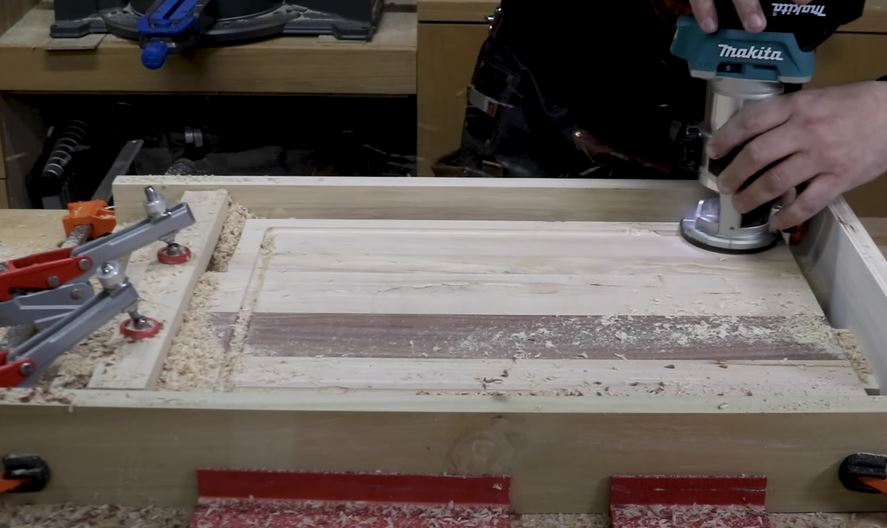
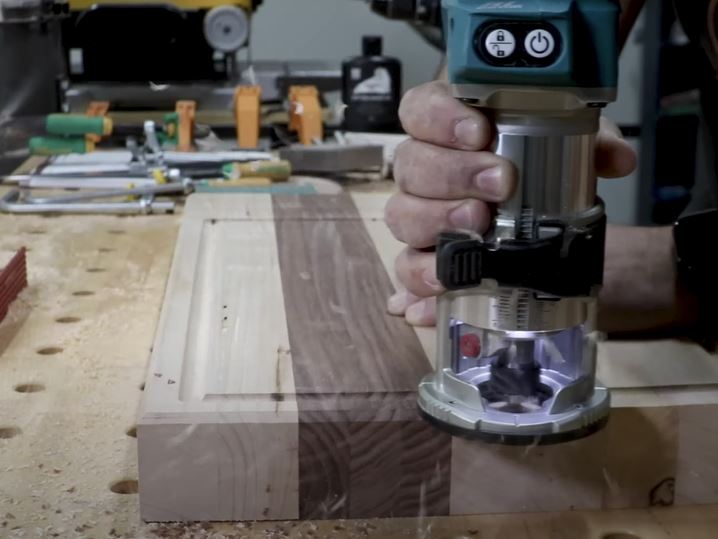
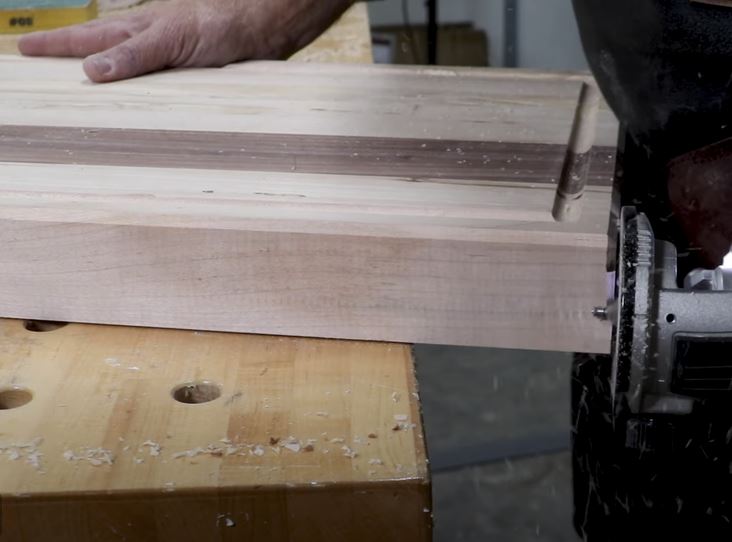

I used some 3/4" boards for spacers and clamped some wider boards for walls on three sides of the board.
Your router that you use for this will determine if you need spacers at all or what width will be needed to insert the grove off the edge of the board.
For the bit and my little trim router this set-up worked perfectly. on the side where the knife slots were, I used my bench clamps to clamp a board for a guide on that side.
I just eyeballed the distance from the slots and ensured that it was square with the long edge of the board.
I thought that this would help keep the juices from getting into the slots and also give the board a nice look with a specific area for the knives and a specific area for cutting.
I used my router and cove bit to make the grove and then cut chamfers on all the corners and edges to break the edge and give it a clean look.
Step 9: Fill the Holes and Sand
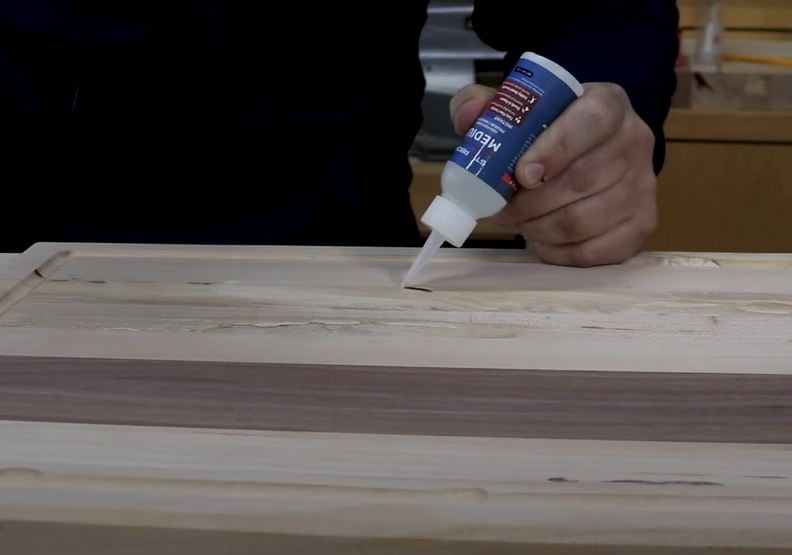
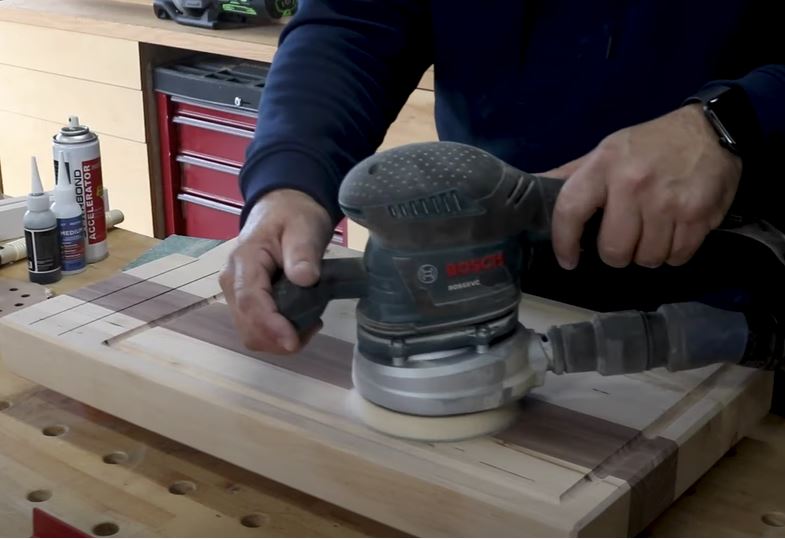
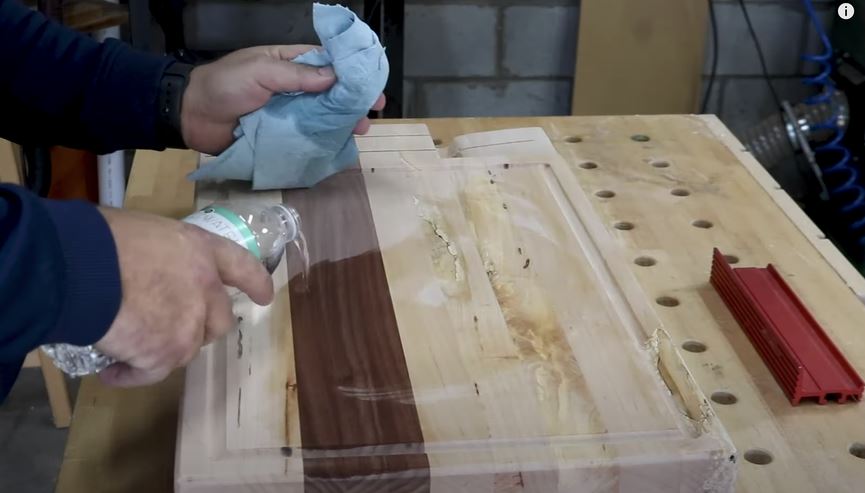

I used some Starbond Medium to fill the work holes and any from voids and then sanded the entire board from 80 grit to 180 grit.
Then I used water to lightly wet the entire board and allowed it to dry.
This raises the grain of the wood and doing so before the final sanding will keep the board nice and smooth forever.
I made the final sanding with 220 grit until it was nice and smooth.
Step 10: Finish the Board and Put It to Use
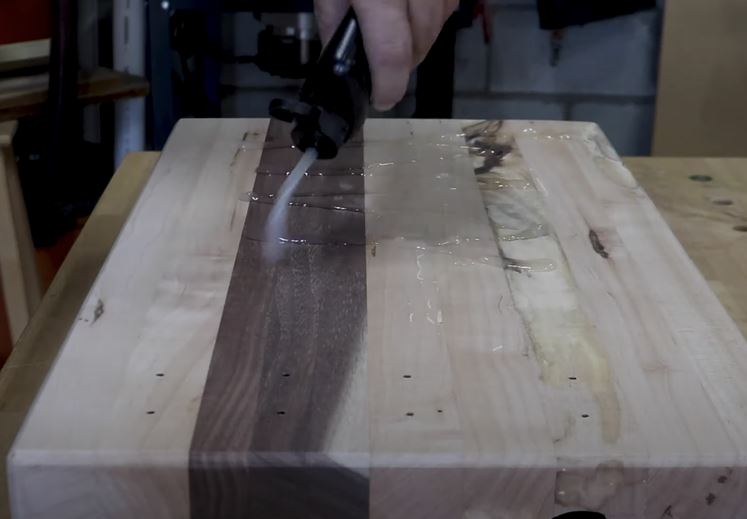
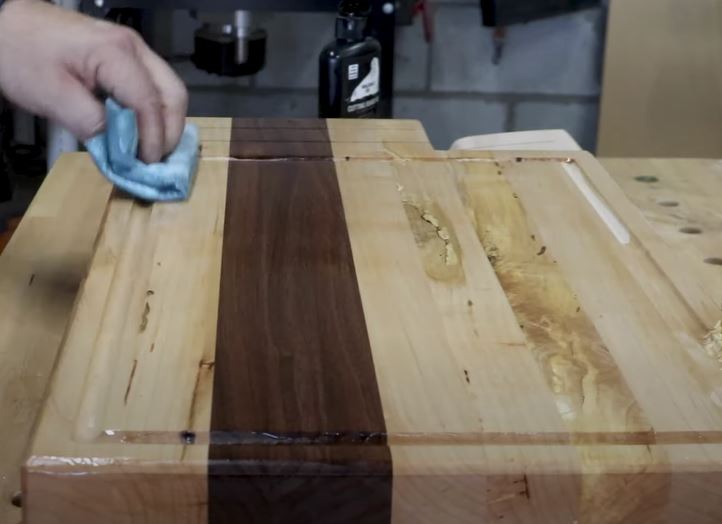
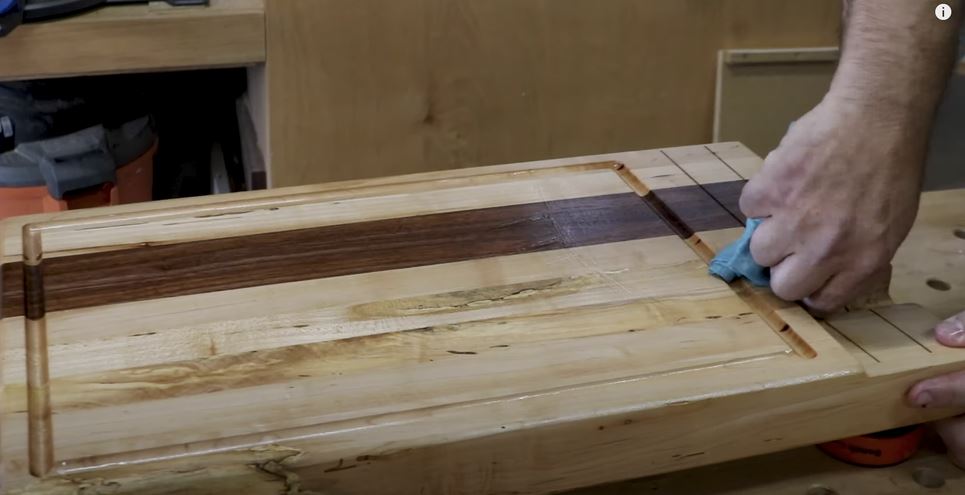
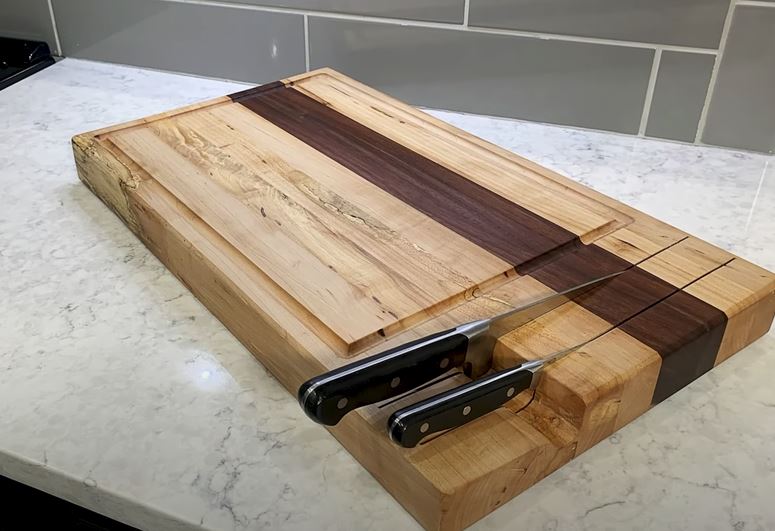
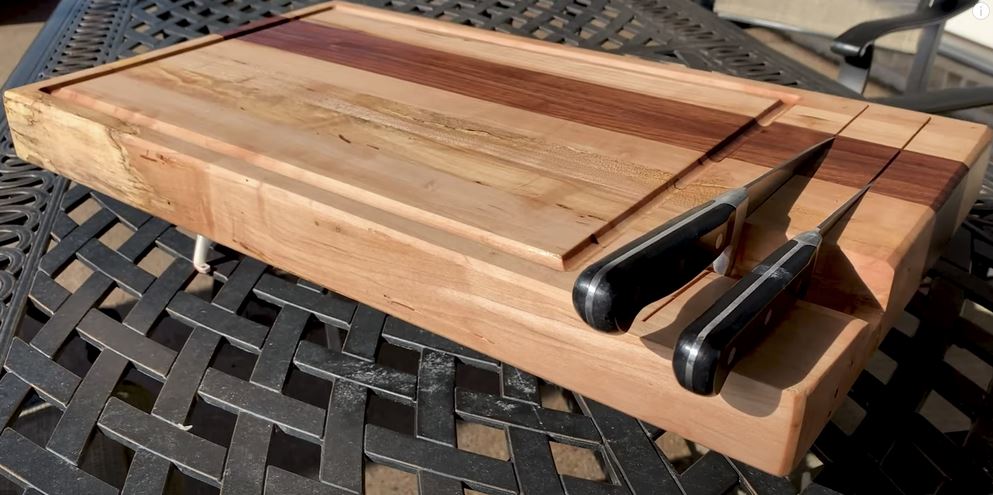
I used an all natural finish like Walrus Oil but you can also make your own which is really easy to do.
After applying a few coats and buffing it out, the board was ready to go! I love the way that this turned out and I have been using it in my kitchen regularly since it was finished.
